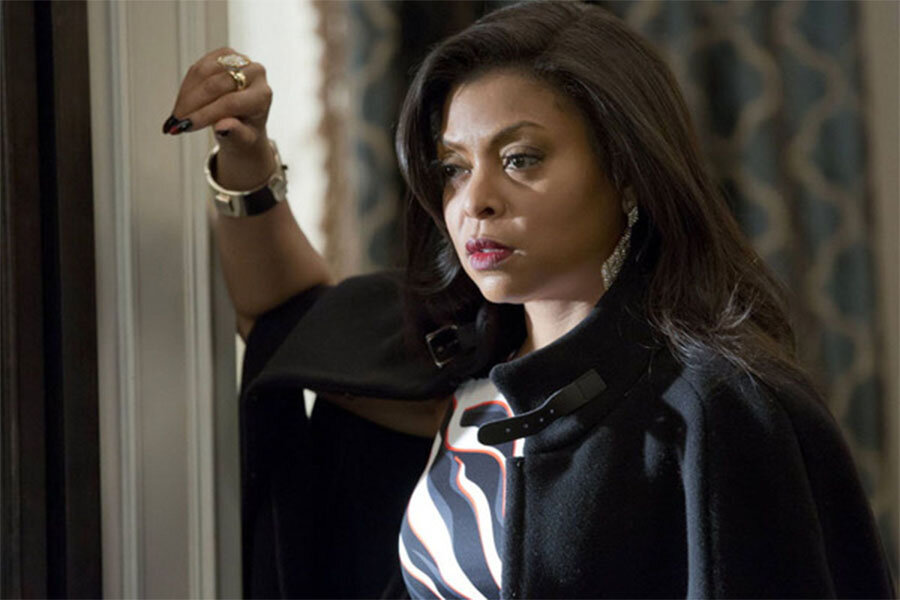The state of broadcast TV: Where does it stand in our golden age of television?
Loading...
It’s no secret that TV is changing rapidly. With the ever-increasing amount of programming being offered, viewers are looking to cable networks and streaming services for their TV shows and many features of the TV business are being redefined, from what a TV network is to what a season of a show may entail.
As premium cable networks such as HBO and Showtime and streaming services such as Netflix and Amazon present their TV offerings, where does that leave the big broadcast networks, cultural institutions that in some cases have been around since the dawn of the medium?
Networks such as ABC, CBS, NBC, and Fox are still the places viewers turn for big events like the Super Bowl and the Oscars. And the networks have plenty of hits, with shows like CBS’s “The Big Bang Theory” and Fox's "Empire” still attracting viewers.
But the networks still largely hew to the traditional idea of TV schedules. And they’ll soon be living in a world where the viewers they want – those in the 18-49 demographic so beloved by advertisers – have a completely different understanding of TV than in the past.
Ross Brown, associate professor of film and media arts at Chapman University's Dodge College of Film and Media Arts and a TV executive producer and writer, says he sees young viewers avoiding assigning labels to programs. The young people just want the shows they like.
“People who are in high school and college now, they don't even think in terms of, 'Is it a television show, is it cable, is it Netflix,’” Mr. Brown says in an interview with the Monitor.
So what are networks doing to adapt to this new TV world? And what’s working?
In 2013, NBC revived the TV live musical with “The Sound of Music Live!” and scored a big hit. They tried again with “Peter Pan Live!” and last year’s “The Wiz Live!” and, as always, success spawns imitators – Fox will air “Grease: Live” at the end of this month.
Brown says that NBC is “three-for-three” when it comes to ratings for these live events. He believes the networks are asking themselves, “’What can we provide that other platforms can't provide?’ And live is one of them,” he says.
As cable networks and streaming services air short seasons of TV shows and do so year-round, the networks are tinkering with shows’ schedules, too. Networks have premiered new shows during the summer, as with CBS’s hit program “Under the Dome,” which proved new content on the big networks can find viewers in the uncrowded days of summer.
And the networks have tried to lure in viewers who are used to cable and streaming services' shortened seasons (often between 10 and 13 episodes, compared to the networks’ 22) with terms like “event series,” which has been applied to the upcoming “X-Files” series on Fox. The new “X-Files” series will air for six episodes.
Where do networks go from here? Will there be a day when they’re gone for good?
Brown says he doesn’t believe they’re going anywhere. “I fully believe there will still be [networks] 20 years from now,” he says.
What we may see more of are network streaming services like NBC’s Seeso and CBS All Access, both of which will include original content. “I think they are going to expand,” Brown says.
What may go away? With the exception of these live programs, the “notion that a show is on Wednesday night at 8 o'clock," Brown says.
This is an idea that network viewers have been moving farther and farther away from anyway as DVRs have proliferated, even without the innovations of streaming services like Netflix posting an entire season online the same day.
What is most important? In many cases, the appeal of cable and streaming shows for viewers is simple. Programs on cable and streaming services like “Game of Thrones,” “Mad Men,” or “House of Cards” have been called some of the best ever made for television.
Networks are aware that they need to achieve “the quality of storytelling that the viewers are responding to on the best of the alternative platforms,” Brown says.








